
By Todd Danielson
Vice President, Engineering, Texas Water Utilities
Record-breaking heat, below-average rainfall and wildfires are having a significant impact on Texans. Farmers are finding creative solutions to grow their crops, and water utilities are forced to implement restrictions on watering.
With extreme heat comes additional water use, and it’s important to understand why additional conservation methods are needed, especially during a drought. According to the U.S. Drought Monitor, 80 percent of Texans are currently experiencing drought. As temperatures rise, soil dries out, people start using more water outdoors and reservoir levels deplete.
Conserving water saves you money on your water bill and leaves more water for you and your neighbors as the drought continues. Texas Water Utilities provides the following tips for conserving outdoor water use this summer.

Water your yard in the morning or evening. By choosing a time of day with minimal direct sunlight (before sunrise is typically best), you can help to avoid water loss through evaporation before it can soak into the soil.
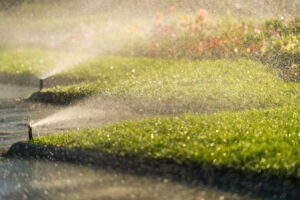
Monitor your sprinkler system. If your landscaping is equipped with a sprinkler system, ensure there are no leaks in the system and that the heads are watering only what they should (plants/landscaping). Monitor the weather regularly to ensure you do not water on a rainy day.
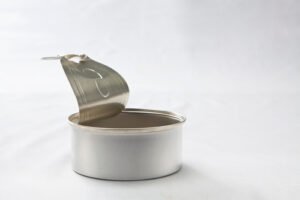
Use the tuna can method. Place an empty tuna can on the part of your lawn that is being watered. Once the tuna can is filled, turn off your sprinkler. This ensures your lawn has received sufficient water for the week.
If water is running off your lawn, you may need to split this watering into two or three separate applications. It is a balancing act to water enough to promote deep root growth while also not spreading out watering so much that plants experience heat stress.
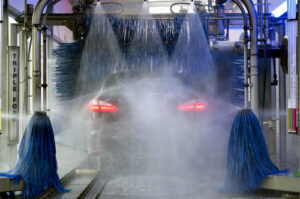
Use a commercial car wash. Washing your car at home uses about 116 gallons of water, whereas a commercial car wash uses about 60 percent less water. Commercial car washes are required to properly dispose of wastewater including cleaning products, and many filter and recycle their water.
If washing your car at home, use nontoxic, phosphate-free soaps sparingly and wash on a pervious surface such as grass or gravel to help filter runoff. Minimize runoff by reducing water use, using a spray nozzle to restrict water flow and wring out sponges/rags over a bucket or sink. Waterless car wash products for spot cleaning are a great way to conserve water.
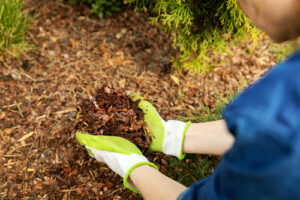
Regularly maintain your landscape. Replace mulch around shrubs and garden plants to help them retain moisture. Remove weeds and thatch as necessary so they don’t compete with your desired plants for water.
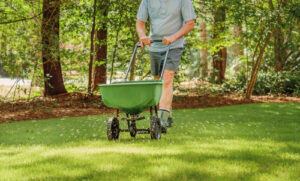
Minimize or eliminate fertilizer. Fertilizer encourages thirsty new growth, causing your landscape to require additional water. If you need fertilizer, look for a product that contains “natural organic” or “slow-release” ingredients. Use native plants in your yard to avoid the need for fertilizers and pesticides and use less water.
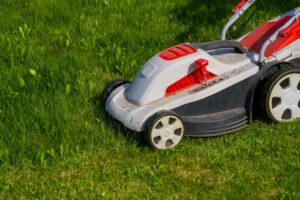
Raise your lawn mower cutting height. Longer grass promotes deeper root growth and a more drought-resistant lawn. Cutting off more than one-third of the blade of grass at once could shock the plant, preventing it from healthy growth. Mulching the grass clippings back onto your lawn provides moisture, organic, and fertilizer content, which reduces the need for water.
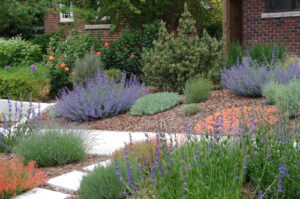
Try xeriscaping. This landscaping literally means to conserve water—”xeri” means “dry”, therefore xeriscaping is “dry landscaping.” It requires less maintenance and is good for the environment. Consider using native drought-tolerant plants such as Texas sage, Texas redbud, desert willow and trailing lantana.
Much of the water consumed by an average American household is used outdoors. It is here where we can make simple but significant changes that will have a positive effect. Small changes, if done on a large scale, add up to a big change. Every drop counts and every Texan can make a difference.
